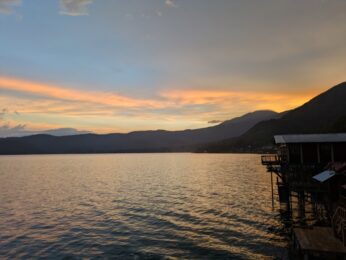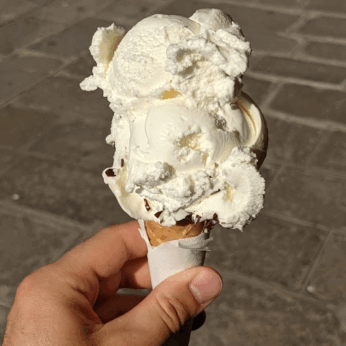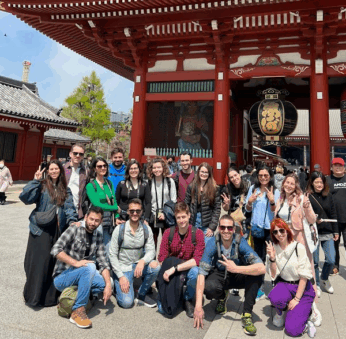Brescia is nestled up in Northern Italy, in the region of Lombardy. It’s situated at the foot of the Alps and is just a few kilometers from both Lake Iseo and Lake Garda. While Brescia is known to all Italians – as it is a very important industrial city in the country – it is mostly unknown to foreigners. However, I’m looking to change that, as it is a beautiful area and city that very much deserves a visit! Though in this article, I’ll be talking mainly about the city of Brescia.

It’s Pretty Historic
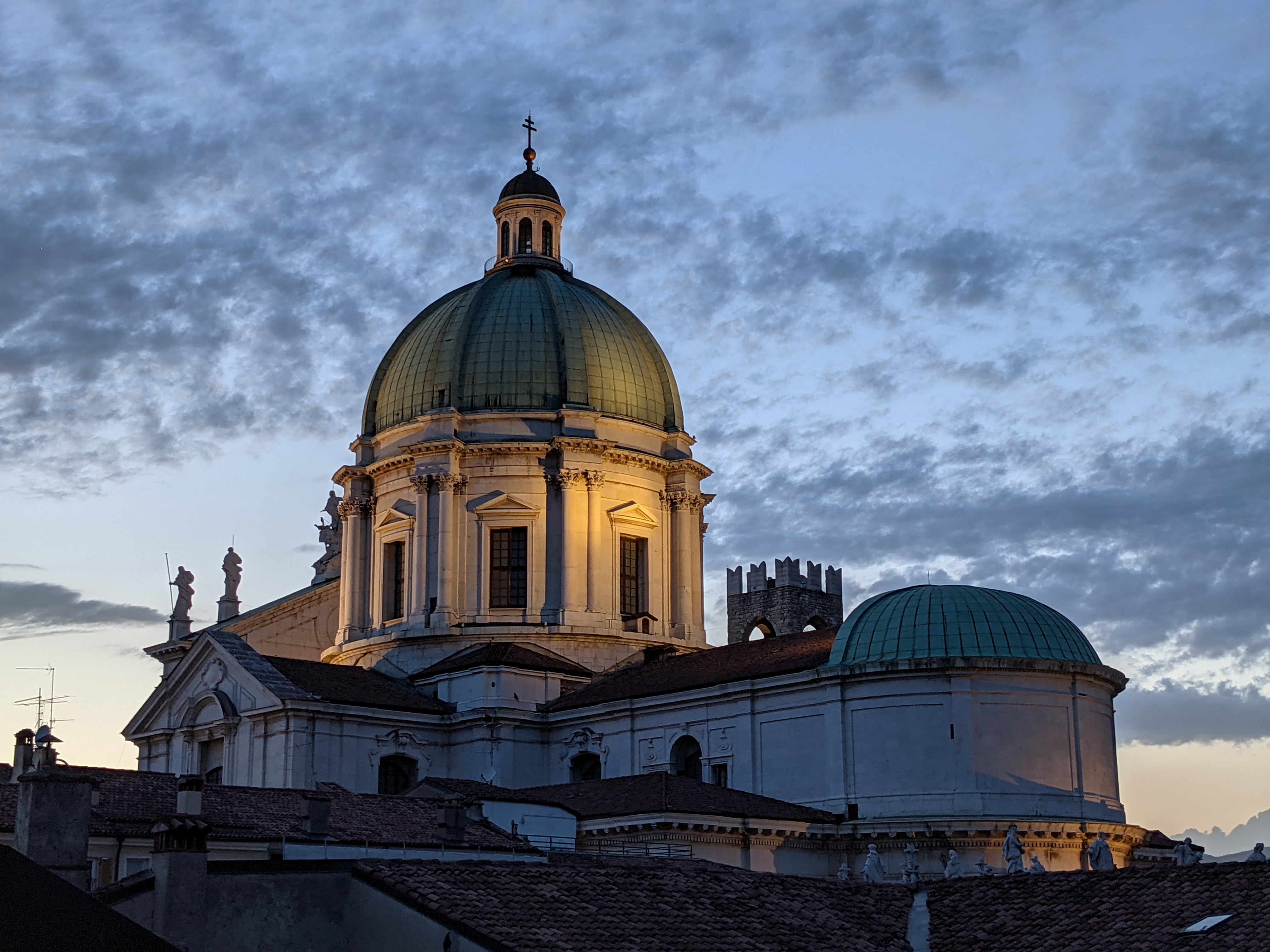
Brescia is historic! Being founded over 3,200 years ago and remaining relevant and important since Roman times, quite a lot has happened in Brescia. It has been a key city in the region to the various groups that have ruled over it during the centuries. From the Byzantines to the Lombards and Venetians, there have been many marks left along the landscape. It is home to a massive archaeological area containing some of the most preserved Roman structures and ruins in Northern Italy! In fact, this area was declared a UNESCO World Heritage site in 2011!
In addition to the Roman Forum, there is the stunning monastic complex of San Salvatore-Santa Giulia, which is now the Museo di Santa Giulia. There are a number of old and beautiful churches in this complex, as well as amazingly preserved ruins of old townhouses for the Roman upper-class. Furthermore, there is an old cathedral and a “new” cathedral, dating to the 11th and 17th centuries, respectively, with the dome of the new cathedral being one of the tallest in Italy!

Tranquil, Quaint, Walkable
One of the best things about Brescia is that it’s not only tranquil and quaint, but it’s also very walkable! From Piazza Paolo VI in the center (commonly referred to as Piazza Duomo), you can walk to pretty much anything there is to eat, see or do in the city without 10-15 minutes. You’re never very far from your next destination in Brescia, so it’s pretty fantastic. And while the train station is about a 15-20 minute walk from Piazza Paolo VI, there is a new metro line that can bring you from the station to Piazza Vittoria (maybe 90 seconds from Paolo VI).
Walking distances aside, Brescia is a city that packs a lot of beauty and attractions, but also remains rather quiet and tranquil. Even during the busiest times of the day, the streets don’t get too crowded- you never feel cramped or congested while walking around. There’s a more modern and “shopping district” along Corso Magenta, Corso Giuseppe Zanardelli, and Corso Palestro, with Corso Giuseppe Zanardelli centered providing a nice “piazza-like” area in front of the theatre (Teatro Grande). There are several piazzas scattered around the historic center providing great places to sit for a cappuccino and brioche or a Spritz (called “Pirlo” in Brescia), and enjoy the tranquility of the city.
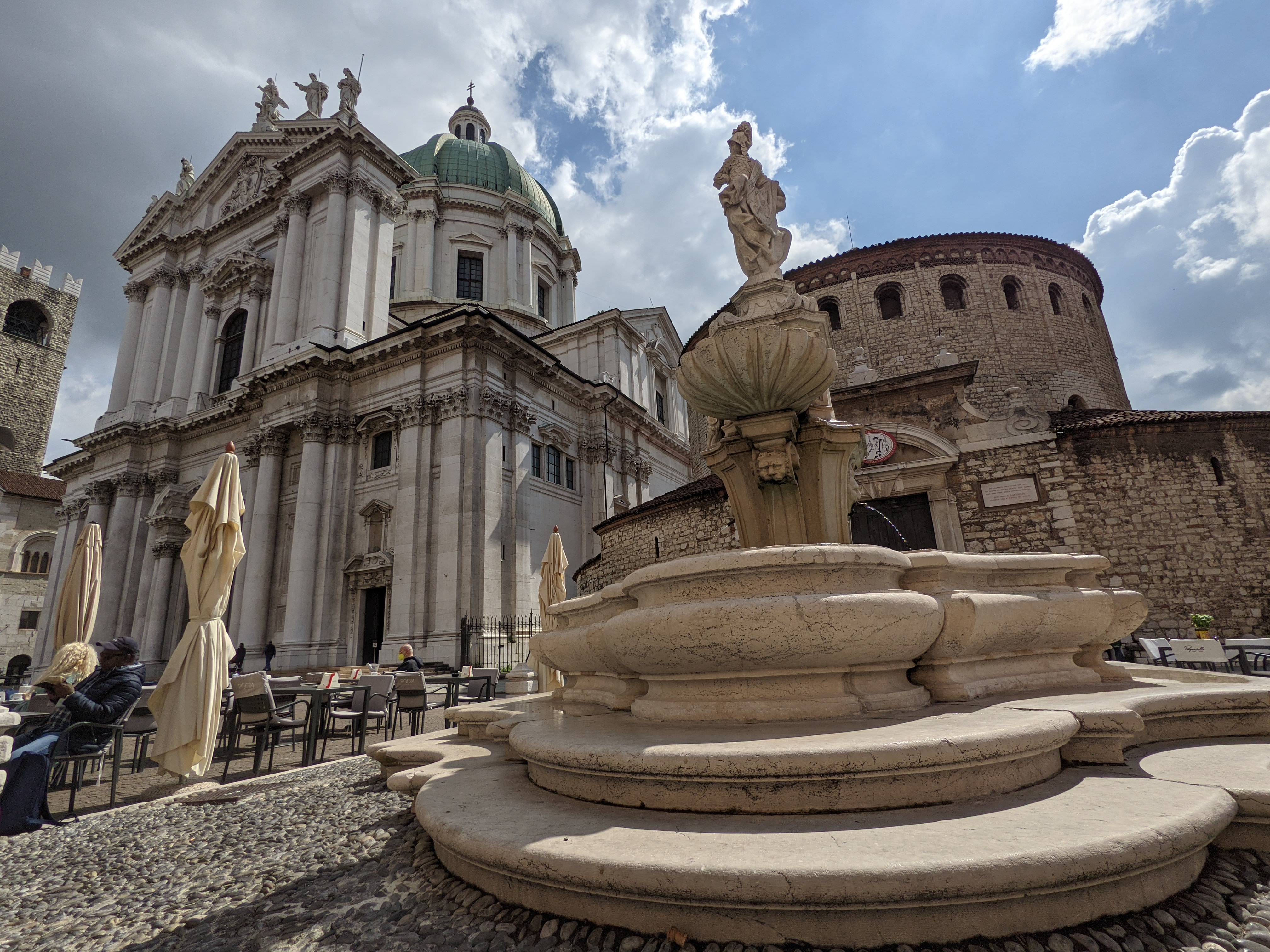
There’s A Castle
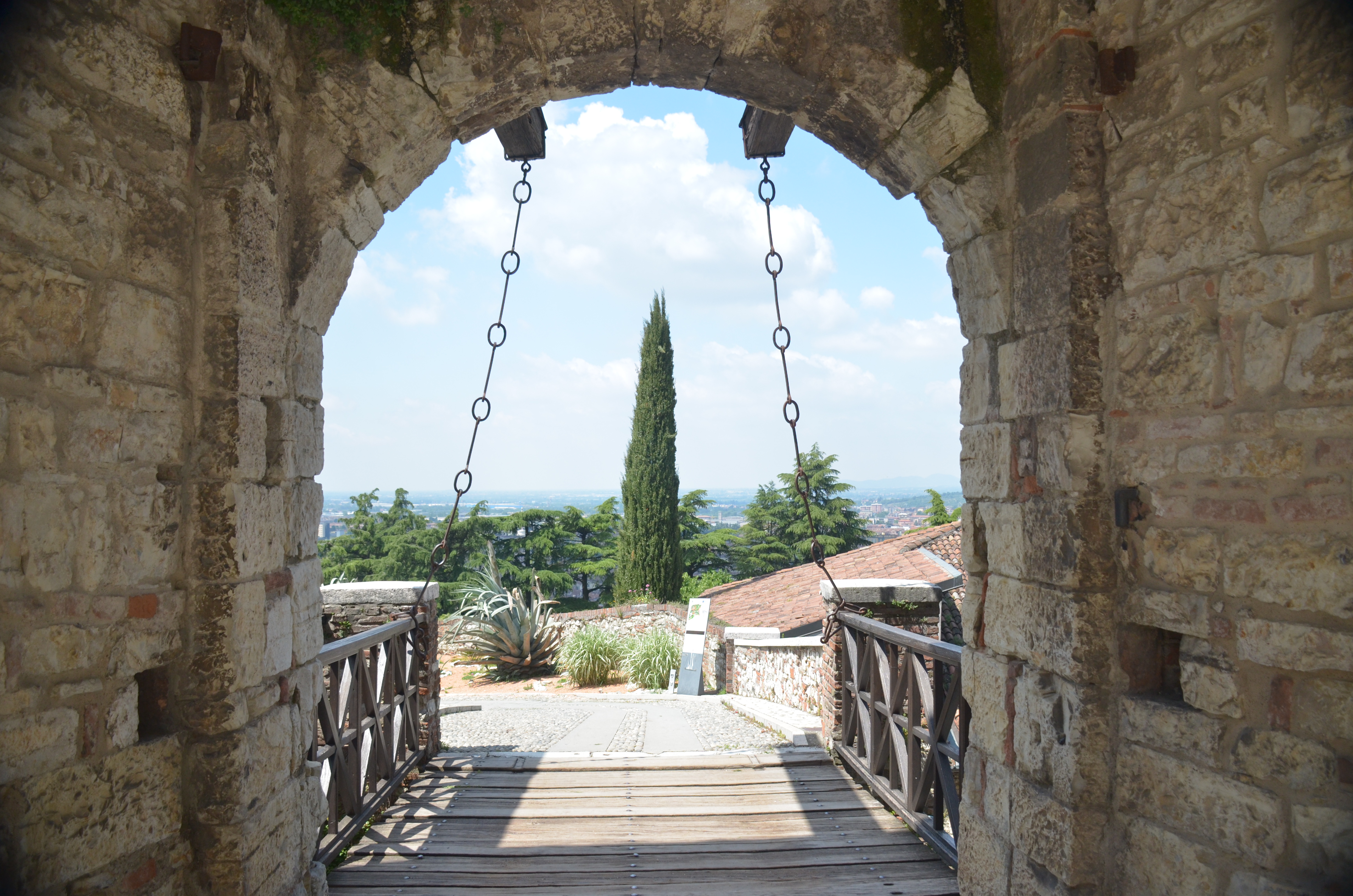
Did I mention there’s a castle? There’s a castle! Also referred to as the Falcon of Italy (Falcone d’Italia), the castle dates back to the 13th century and is one of the largest fortified complexes in Italy, covering over 75,000 square meters! It sits perched atop the Cidneo hill overlooking the city and provides beautiful views. There are several different viewpoints to gaze out upon, and the castle also contains an Arms museum, an astronomical observatory, an exhibition on railroads, and a museum dedicated to the Risorgimento (Italian unification). On the side of the hill is also Vigneto Pusterla, which is the largest urban vineyard in Europe!
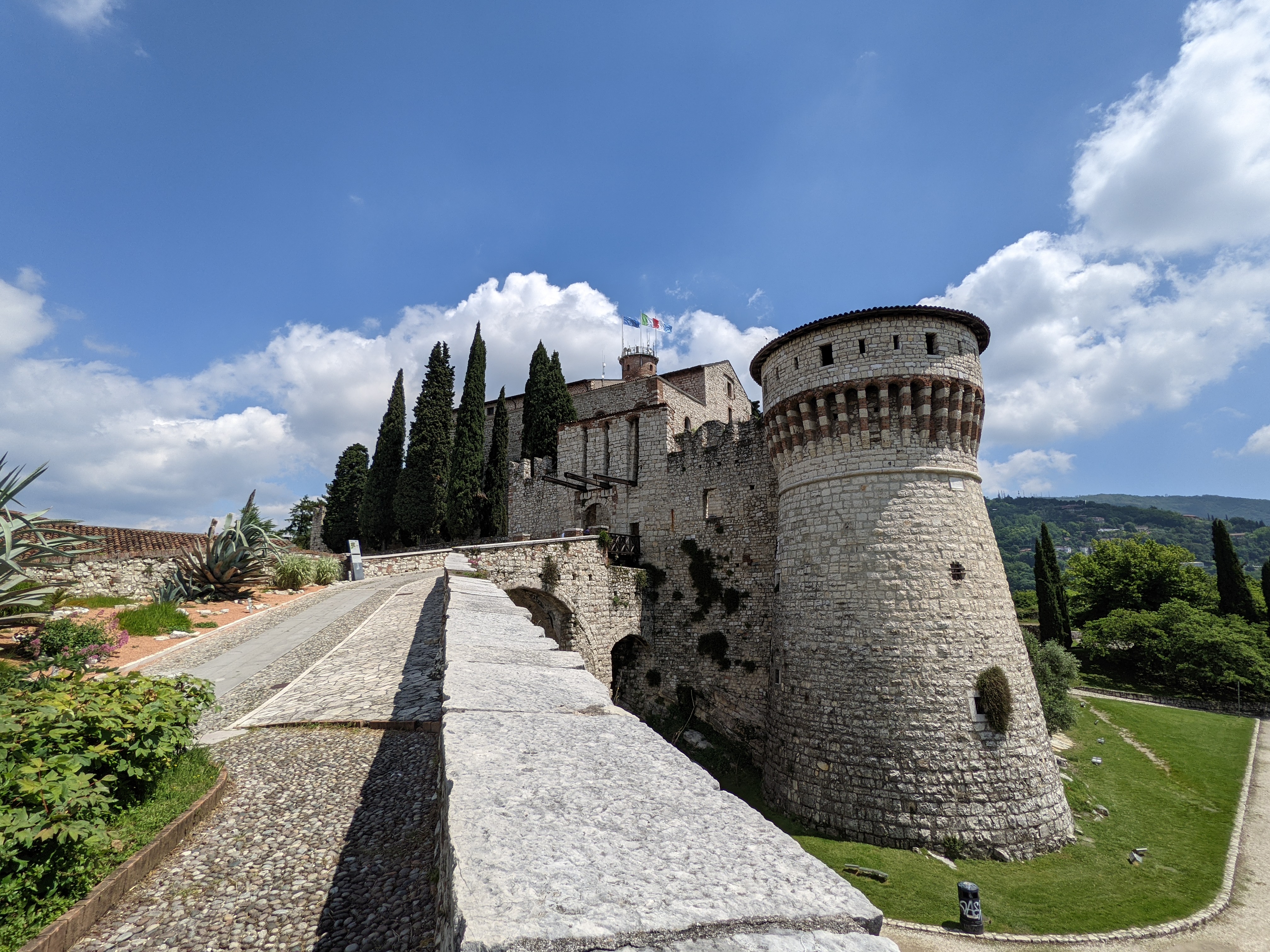
Architecture Galore
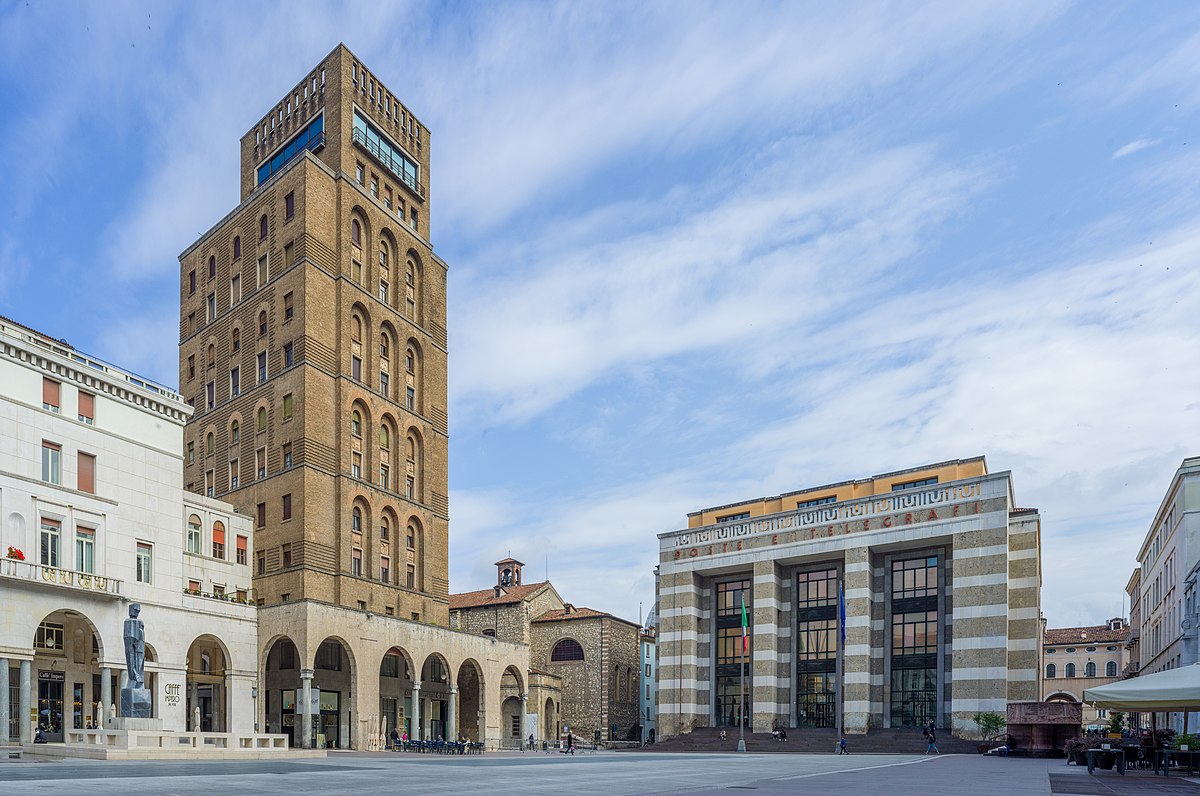
Being an established city for so long, Brescia is full of buildings of various ages spanning different art periods. While I’m no Art History major, I’m a fan of architecture and like to marvel and gaze at the beauty even if I don’t know what exactly I’m looking at. That said, Brescia contains a lot of great architecture!
For example, there is Piazza Della Loggia, a piazza with Renaissance architecture. Built during the Venetian ruling of the city, you can clearly see the Venetian influences in the Loggia building itself, with the white stone construction and how the roof was constructed.
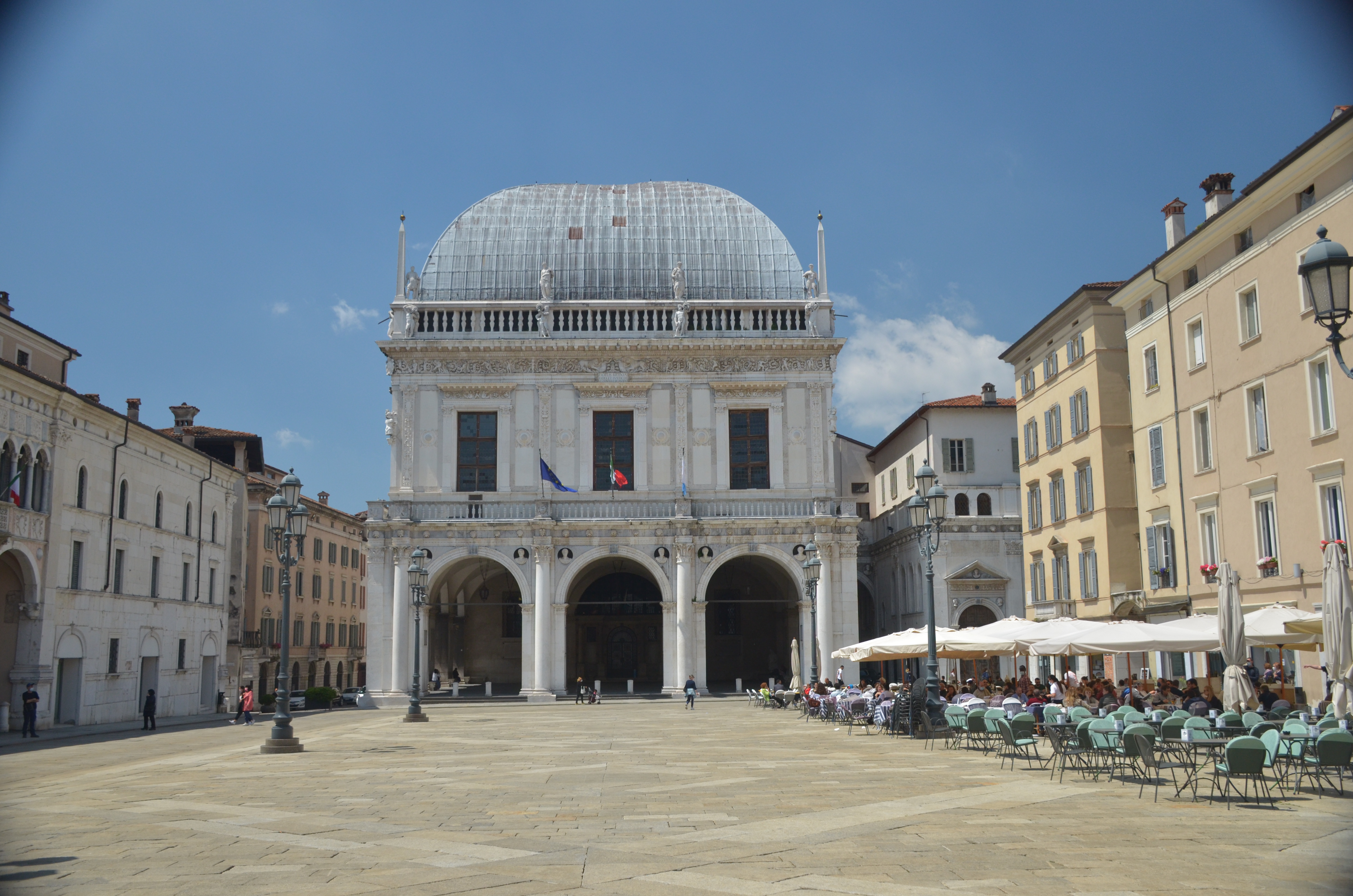
A short walk away is the Piazza Della Vittoria. Opened in 1932, this piazza is much more modern. Constructed with an Art-Deco style, it has many elements of Fascist architecture as well, having been built and designed during Fascism in Italy. It also includes a speaker’s stage or platform, which I think is pretty neat from a historical and utility standpoint.
The “Old Cathedral” is of Romanesque style, while the “New Cathedral” right next to it in Piazza Paolo VI is Italian Baroque. The San Salvatore-San Giulia complex is a marvel itself, containing pre-Romanesque, Romanesque, and Renaissance-style buildings. All in all, Brescia is full of beautiful buildings and architecture, and one does not need to be an expert to appreciate the diversity!
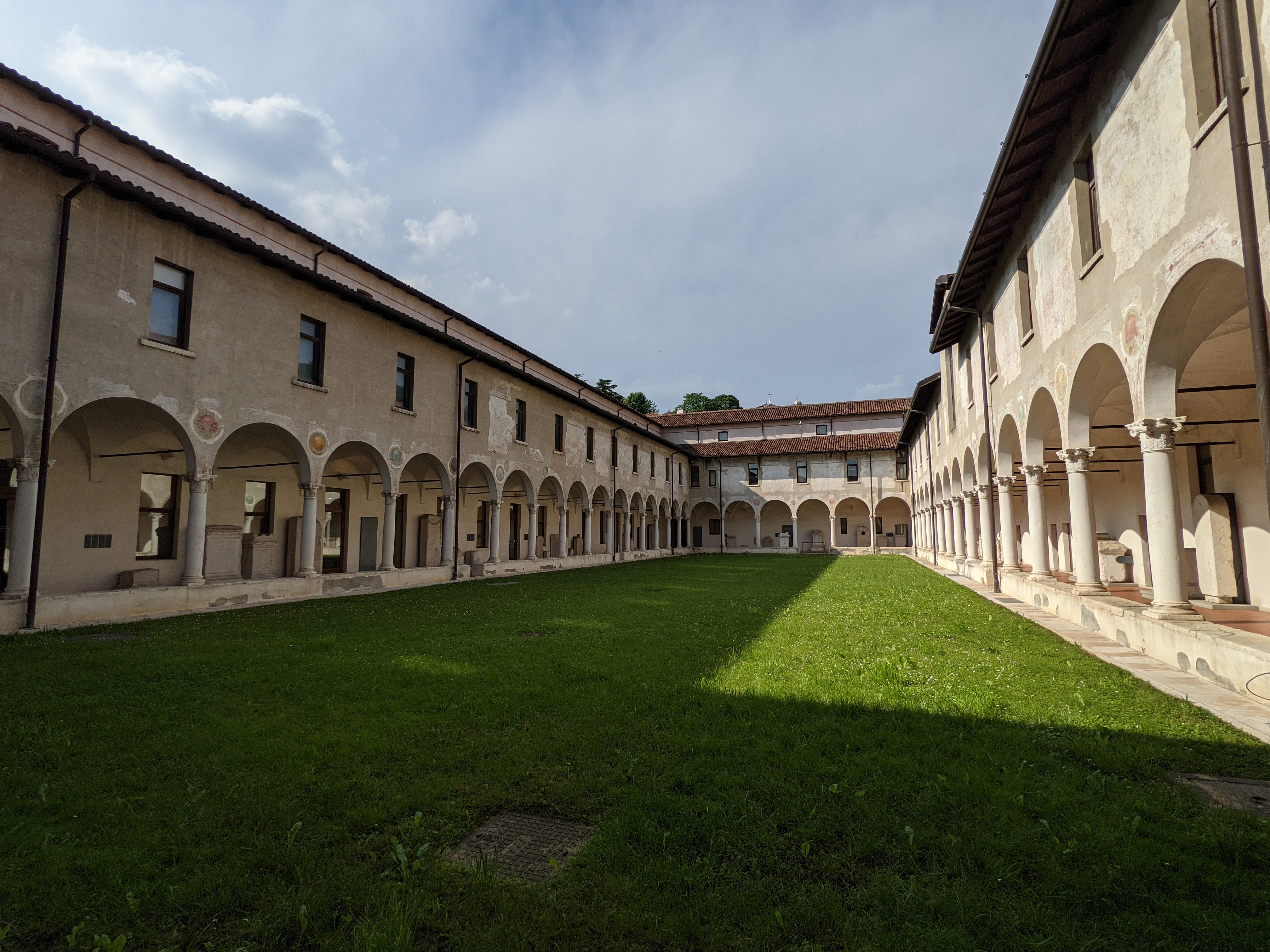
It’s Easy To Get To
Brescia is very easy to get to, being situated in the center of Northern Italy. The closest major city to Brescia would be Milan, which is just about an hour train ride away (or 35 minutes on the Frecciarossa). It can also be reached from Venice, Bologna, Verona, and Bergamo very easily on the train or even driving for the latter 2. The Brescia train station receives trains from many places, you can even go Roma to Brescia without a transfer (like I’ve done). With such ease to reach, there’s really no reason why Brescia shouldn’t be on your list of day or weekend trips.



